- Home
- Technologies
- MAX Range
MAX Range: Long-Distance Wireless Submetering
Tehama’s MAX Range wireless Automatic Meter Reading (AMR) products enable scalable, long-distance deployments with reliable performance for large sites. They offer up to 10 miles of unobstructed communication coverage, reducing the need for repeaters and simplifying installation.
MAX Range ensures dependable data transmission with fewer infrastructure points, making it ideal for properties constrained by barriers. This enhances efficiency and supports accurate utility management.
As a cost-effective submetering solution, MAX Range suits multi-family residences, commercial developments, and manufactured home communities, effectively meeting diverse utility management needs.
MAX Range Submetering Solutions
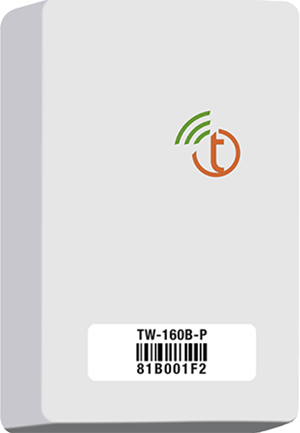
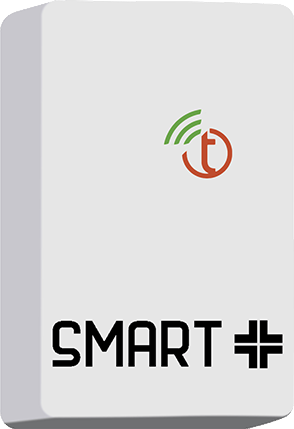
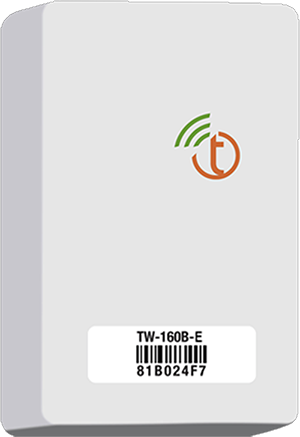
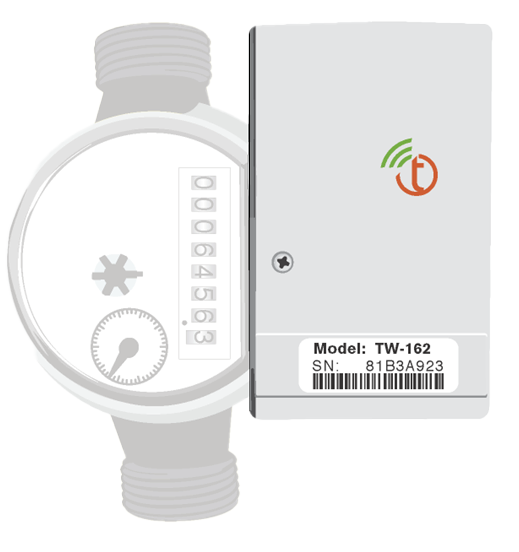
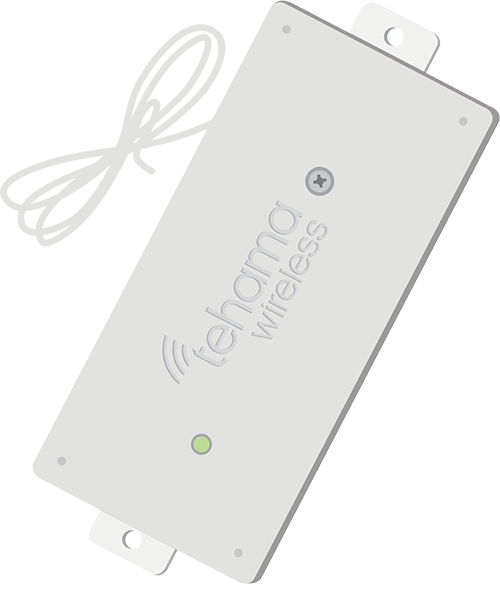
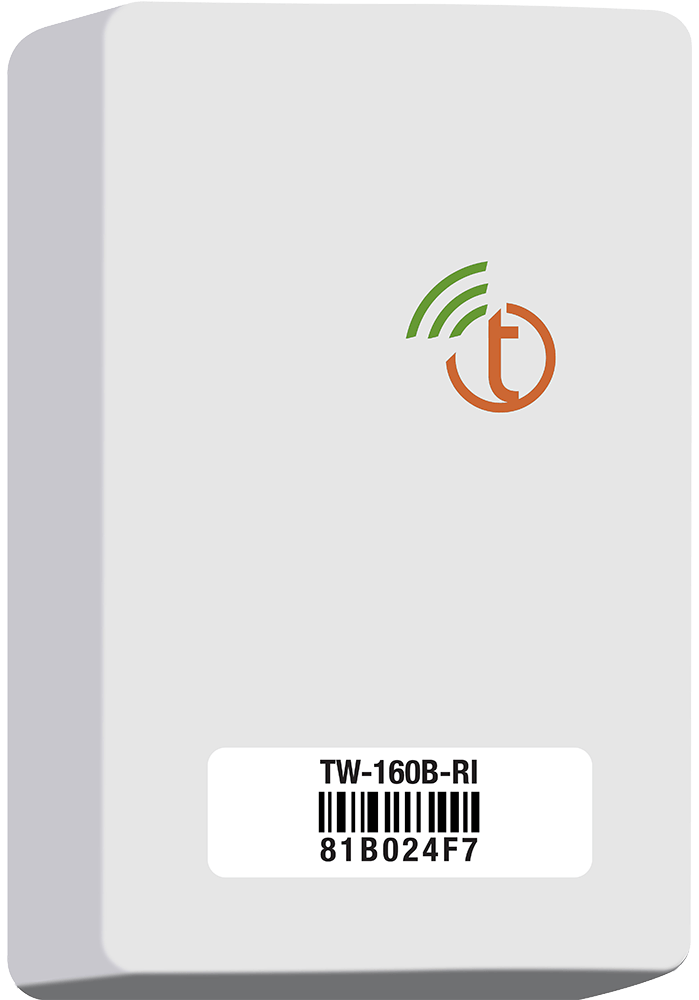
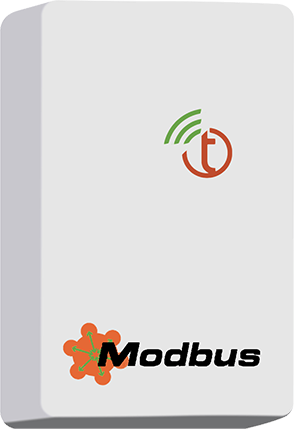
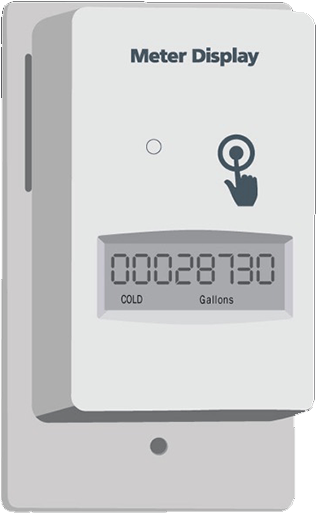


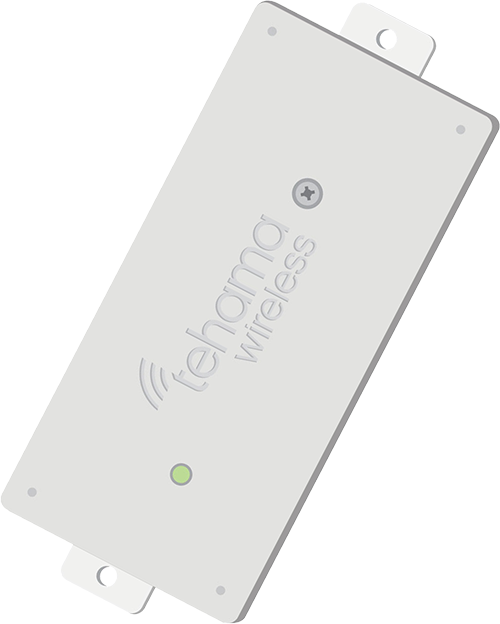
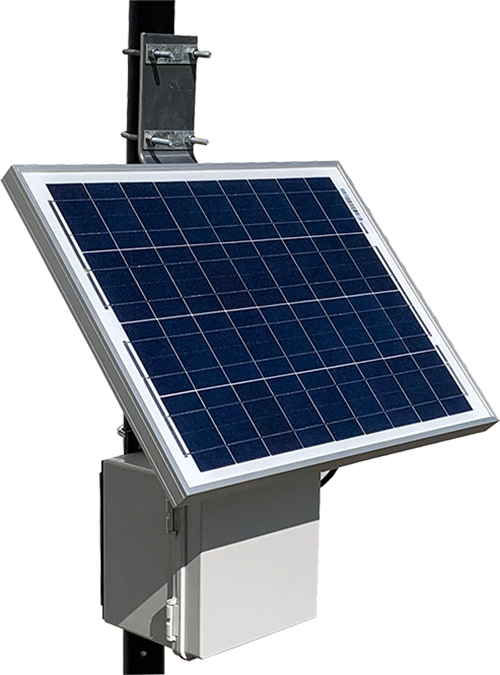
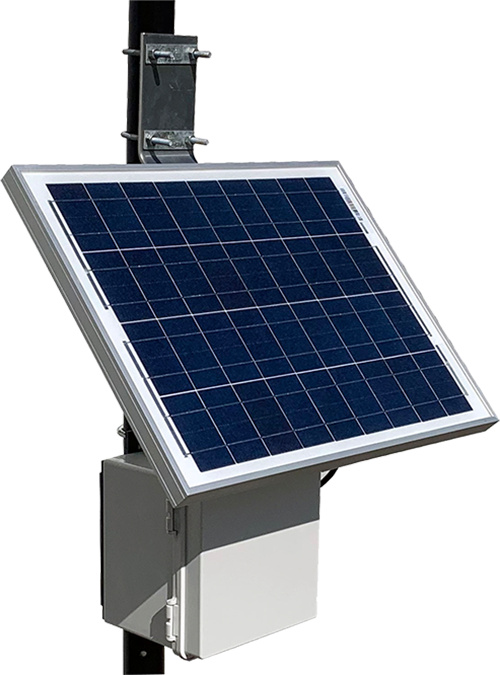
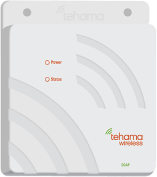

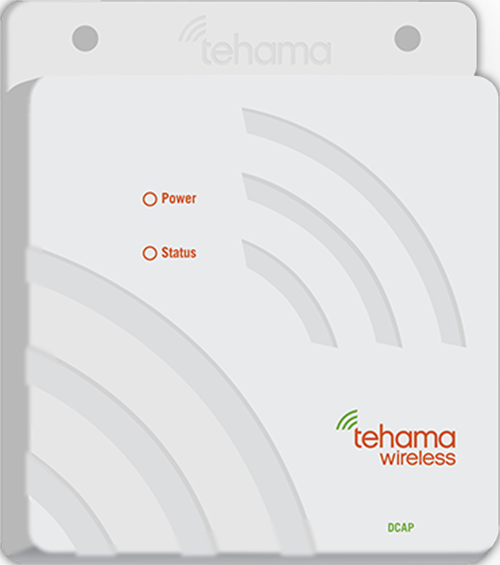
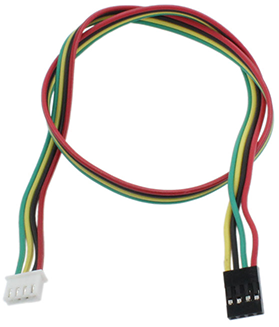
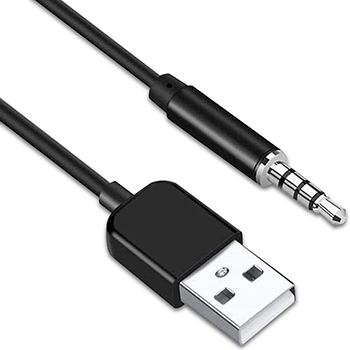
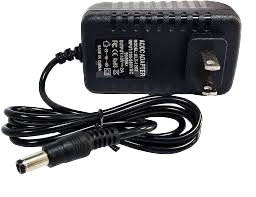
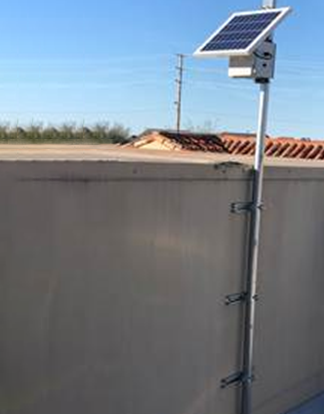
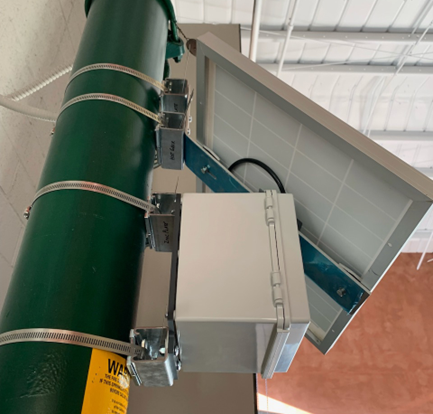
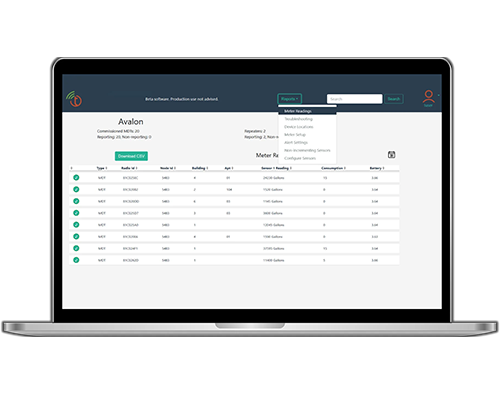
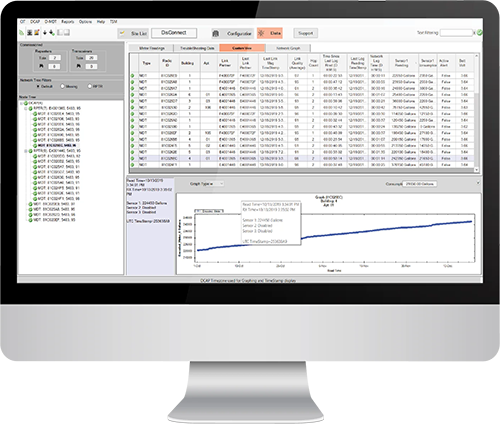
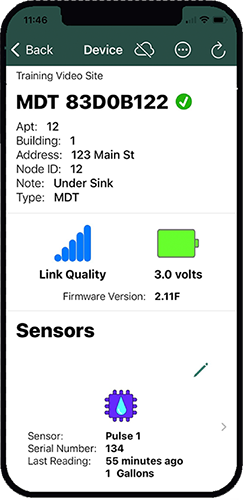
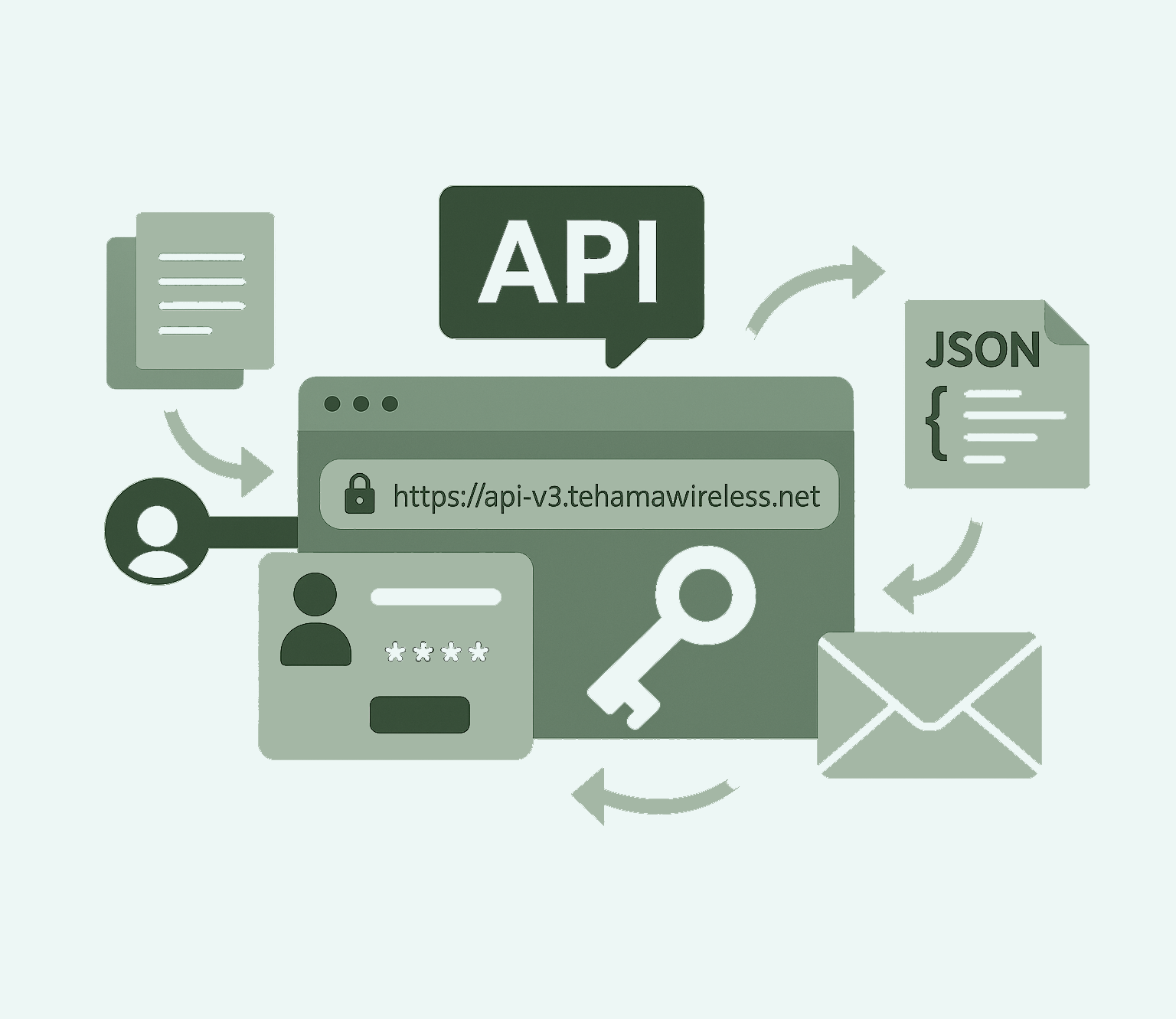
Videos
-
Introduction to the Web App
-
DCAP Troubleshooting
-
Web App Troubleshooting
-
DCAP-TFA Installation
-
Get Started with the Web App
-
Monitoring and Maintaining a System
-
Commissioning a Meter Display Using the Mobile App
-
Requesting and Approving Grants with the Web App
-
Wiring a Water Meter to an MDT
-
The CIT in Detail
-
Commissioning a Site
-
Hardware Setup
-
System Overview
-
Getting started with the CIT
-
Connect Mobile App Overview
-
DCAP Configuration
-
Commissioning MDTs and Repeaters
-
Setup CIT Alerts and Reports
-
Monitoring Data and Network Health
-
Configuring the Display on an MDT
-
Wiring the MDT to its Associated Meter
-
Introduction to the CIT
-
How to Find the IP Address of a DCAP
-
ModBus P2P Reads in the CIT and Web App
How It Works
MAX Range securely transmits metering data from devices through repeaters, providing immediate insights and near real-time analytics for streamlined utility management via a cloud platform.

This diagram illustrates how Tehama Wireless devices work together to optimize metering solutions
Why Choose Tehama’s MAX Technology for Your Submetering Network?
- Extended long-range wireless coverage (up to 10 miles) minimizes the need for extensive infrastructure.
- Near real-time data collection improves metering precision and billing accuracy.
- Scalability accommodates growth in large multifamily, commercial, and industrial applications.

MAX Technology Applications
Multifamily
Housing
MAX Range supports accurate utility reporting and fair billing for large or dispersed multifamily properties, even those with complex layouts or retrofit needs.
Commercial
Properties
Commercial and mixed-use sites benefit from MAX Range’s long-range communication and reduced infrastructure, simplifying utility monitoring and cost control.
Manufactured
Homes
Widespread manufactured home communities rely on MAX Range’s extended reach and fewer repeaters for seamless submetering and reliable, unit-level billing.
ESG &
Sustainability
MAX Range supports sustainability goals with accurate data and minimal infrastructure, enabling transparent ESG reporting and smarter resource use.
FAQs
MAX technology provides extended-range (up to 10 miles) wireless submetering communication for larger-scale properties and industrial sites. Open-field radio range of a MAX MDT to a MAX Repeater has been verified at over 10 miles, which is more than five times the range of Standard MDTs. This reduces the need for repeaters — just two can typically cover a 200-unit property, and smaller sites may not require repeaters at all.
MAX supports up to a 10-mile range, significantly greater than Standard (~1 mile), yet slightly less than LoRaWAN (10+ miles), balancing cost and coverage. Unlike LoRaWAN, MAX uses the 900 MHz ISM band and requires no FCC license. MAX systems cannot be mixed with Standard systems — they use different radios and are not cross-compatible.
Industrial sites, large commercial campuses, warehouses, multifamily communities, and distributed facilities benefit significantly from MAX technology’s extended coverage. MAX is particularly valuable in mobile home parks, commercial facilities, and multifamily sites where adding repeater power is expensive.
MAX technology provides reliable wireless coverage up to 10 miles. This extended range minimizes the number of repeaters needed compared to Standard deployments.
In typical multifamily applications, one repeater will be installed for every 100 units. MAX typically requires fewer repeaters compared to Standard, but slightly more infrastructure than LoRaWAN depending on terrain. For many smaller sites, repeaters may not be needed because MDTs can link directly to the DCAP.
The MAX Range MDT data sheet shows the available models:
• Pulse input, single or dual
• Encoded meter input (Sensus or Neptune), single or dual
• Display MDT units with integrated LCD (California/NTEP Type Approved)
• Time-of-Use interval data with 15-minute logging synchronized to the top of the hour
And others.
MAX MDTs typically provide five years of life using two AA alkaline batteries. The submersible MDT provides up to 10 years using a larger sealed battery.
Yes, MAX technology securely encrypts transmitted data, protecting meter readings and customer information end-to-end.
Yes, MAX seamlessly integrates with most existing metering systems, enabling incremental system upgrades. MAX hardware can also be factory configured in Standard mode to ensure continued compatibility with older systems, protecting existing investments.
Part numbers and serial numbers identify them:
- DCAP: Standard begins with F0/F2/F3; MAX begins with F4
- Repeater: Standard begins with E0/E2/E3; MAX begins with E4
For sites with hundreds of meter points, the installed cost of MAX is roughly the same as Standard because fewer repeaters and less labor are required. At smaller sites, MAX may be slightly more expensive.
Absolutely. Tehama Wireless has no plans to discontinue the Standard product line. MAX is simply an enhanced AMR option, not a replacement, and products can always be supplied in Standard mode to maintain compatibility with existing installations.
Featured Blogs
Maximizing Efficiency with Dual Port Transmitters: Benefits and Cost Savings
In the world of utility management, the choice of equipment can significantly impact both…
Optimizing Water Usage Through Smart Landscape Management Practices
Effective landscape management is essential for sustainable water usage, especially given the…
Embracing Efficiency: The Rise of Submetering Systems in Water Conservation and Cost Management
In an age when sustainability and efficiency are more than just buzzwords, the role of submetering…
Ready to Get Started?
Learn how MAX Range can improve your metering and monitoring systems.
Contact us for more information or to schedule a demo.